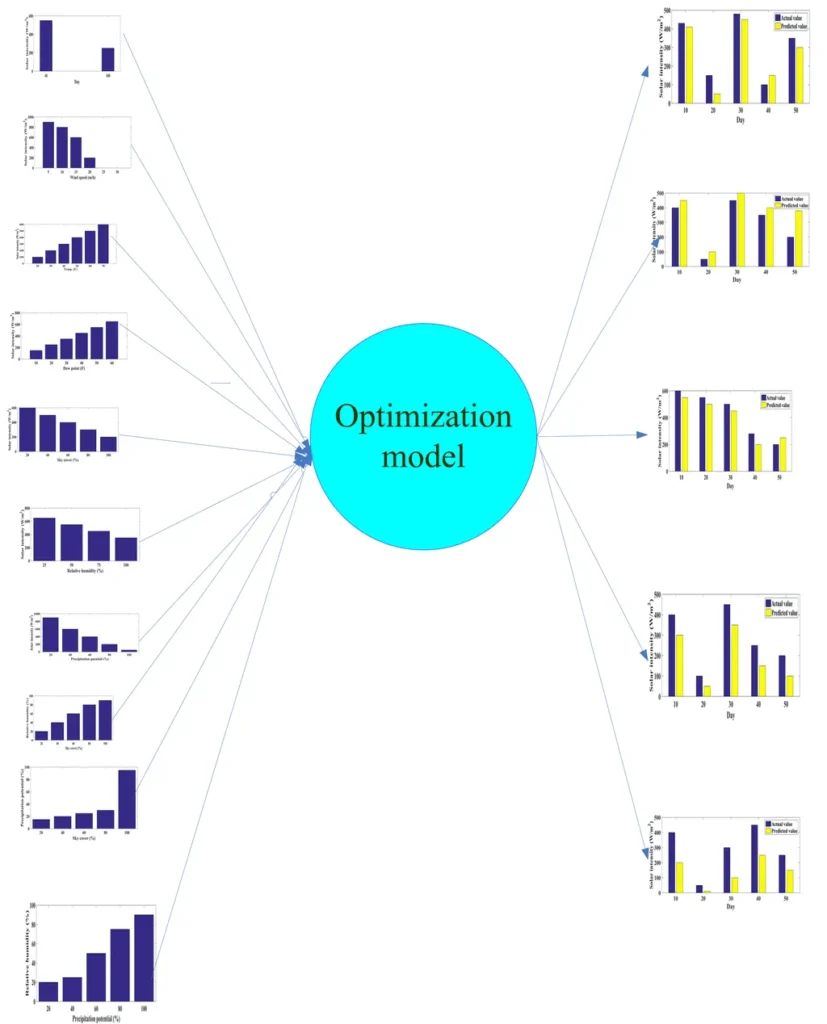In the rapidly evolving landscape of renewable energy, accurate forecasting of electrical load and solar power generation is becoming increasingly critical. A recent study published in the *Journal of King Saud University: Science and Engineering* sheds light on innovative machine learning techniques that could revolutionize how power grids operate. Led by Saroj Kumar Panda from the Department of Electrical Engineering at Veer Surendra Sai University of Technology, the research explores how advanced algorithms can enhance short-term load forecasting (STLF), a cornerstone of efficient grid management.
The study delves into three key techniques: particle swarm optimization (PSO), enhanced particle swarm optimization (EPSO), and artificial neural networks (ANN). These methods are evaluated for their ability to predict electrical loads with precision, a task that is essential for maintaining grid stability and optimizing costs. “Accurate STLF helps grid operators make informed decisions during power-balancing operations, ensuring that supply meets demand efficiently,” Panda explains. By comparing these techniques through mathematical and graphical analyses, the research highlights their strengths and limitations, offering a comprehensive view of their potential applications.
One of the most compelling aspects of the study is the proposal of a hybrid ANN-solar power model. This innovative approach combines the predictive power of artificial neural networks with solar energy data, creating a more robust forecasting tool. The model was tested using extensive data from the Xingtai Power Plant in China, demonstrating significant improvements in accuracy. Metrics such as root mean square error (RMSE), mean absolute error (MAE), standard deviation (σ), and mean absolute percentage error (MAPE) all showed enhanced performance in 24-hour forecasting. “The hybrid model outperformed earlier models, proving its superiority in improving reserve management and balancing supply and demand,” Panda notes.
The implications of this research are far-reaching for the energy sector. As renewable energy sources like solar power become more integral to the grid, the ability to forecast load and generation accurately is paramount. Improved forecasting can lead to better resource allocation, reduced operational costs, and enhanced grid reliability. “This research paves the way for more sophisticated and efficient grid management systems,” Panda adds, emphasizing the potential for future developments in the field.
The study, published in the *Journal of King Saud University: Science and Engineering*, underscores the importance of integrating machine learning techniques into energy management practices. As the energy sector continues to evolve, such advancements will be crucial in meeting the demands of a sustainable and resilient power grid.

